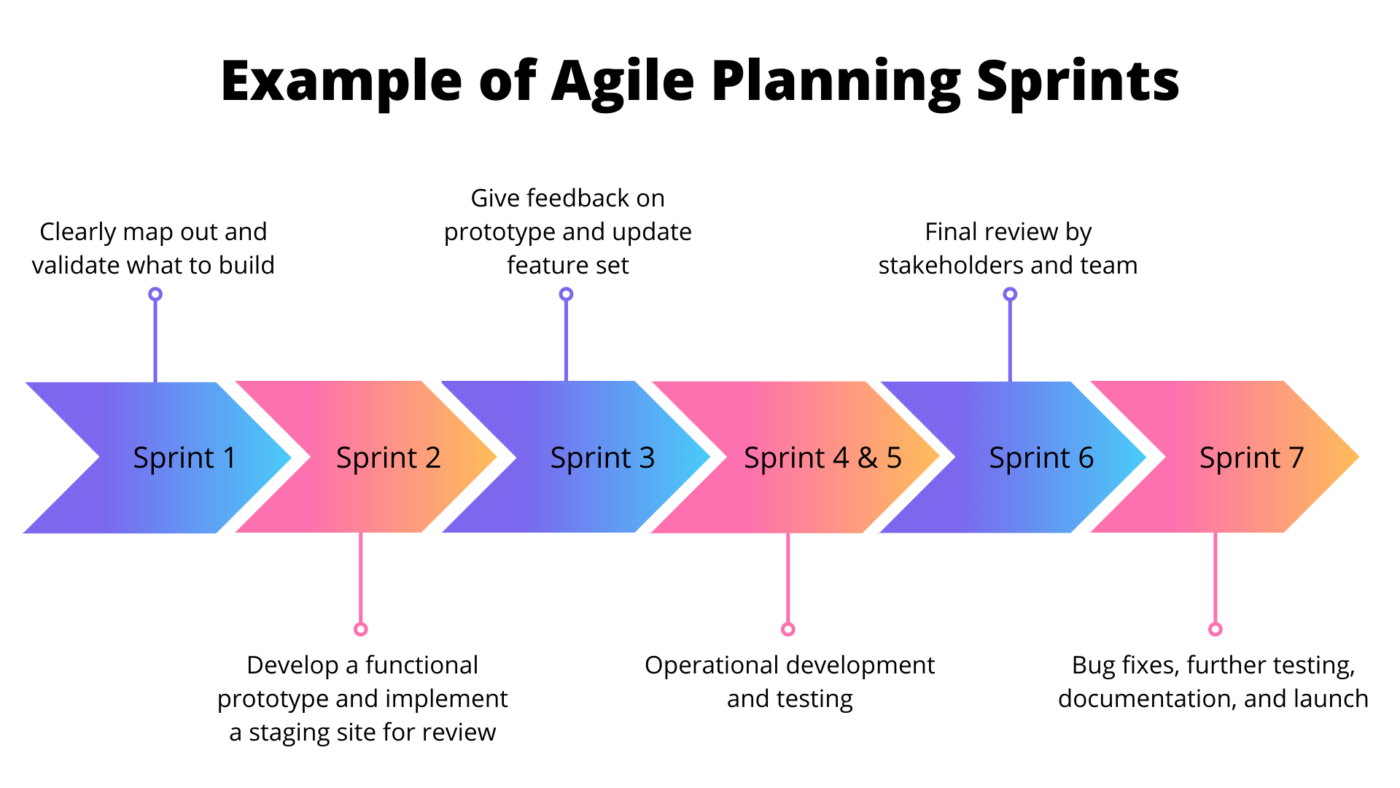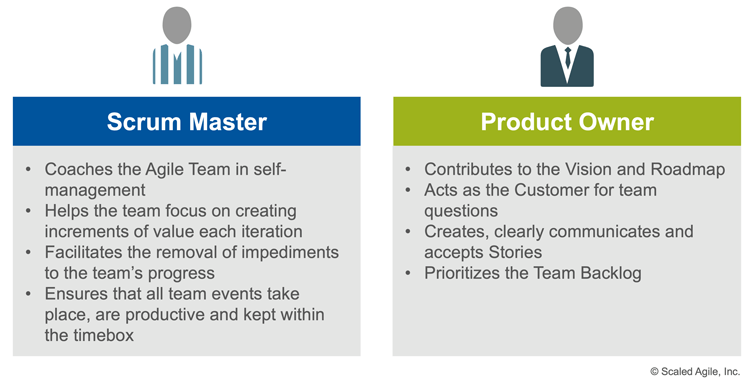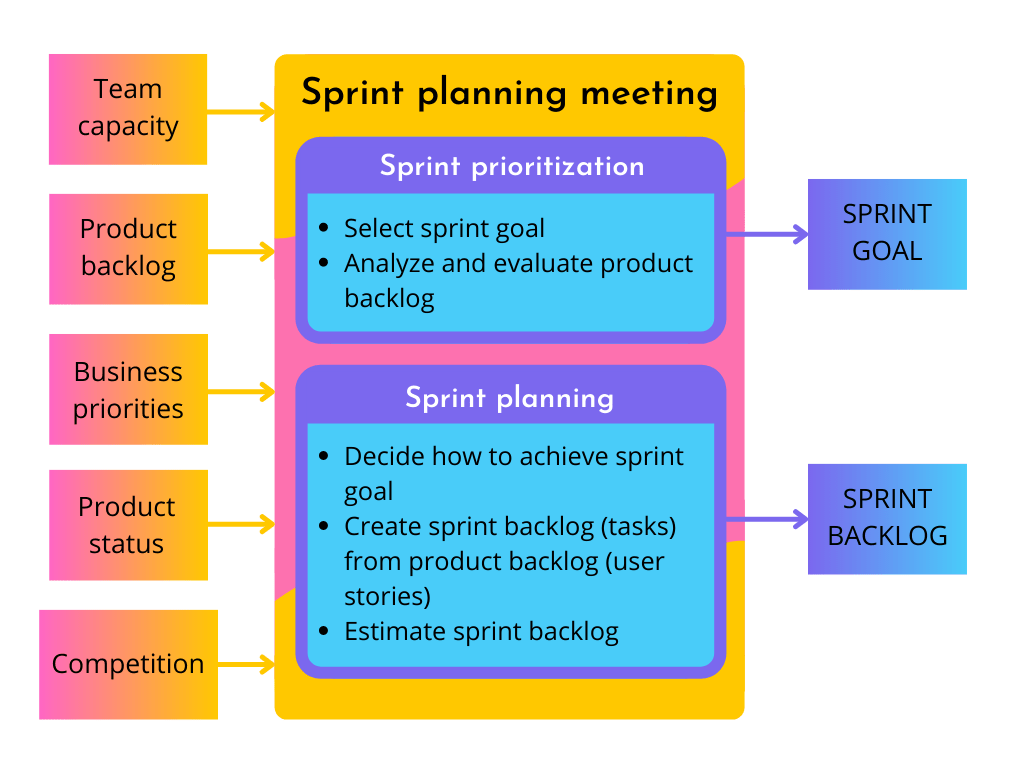

The Agile method is a central part of software development, but it’s also becoming popular in other industries.
For instance, 51% of marketing companies had adopted an Agile framework by 2021.
Why?
Agile workflows deliver an improved customer experience through the continuous deployment of products. Products are produced in a series of incremental releases. This means Agile teams can quickly respond to changing stakeholder and customer requirements.
Agile release planning gives structure to the development process while maintaining flexibility which is essential in the unpredictable world of software development.
With the help of this guide, you’ll learn how to create an Agile release plan, why it’s necessary, and what are the best practices to follow when planning Agile releases.
What is Agile release planning?
Agile release planning is a release management strategy where development teams plan incremental product releases. Unlike traditional software planning, it involves many small releases instead of one or two major releases, and each release is broken down into several sprints or iterations that last no more than two weeks.
Every sprint results in a new product increment (a list of product backlog items completed in said sprint), although not every increment is released. A typical Agile release contains 3three to 10ten sprints or more, but it always consists of minimal market features— the smallest group of product features that can be effectively deployed to users.
Details like the number of sprints and what they aim to achieve are all contained in the release plan.
The difference between a release plan and a product roadmap
A release plan and a product roadmap are both important project management tools. Like retail management, they aim to boost efficiency and streamline processes.
Product roadmaps are intended to convey the product’s vision and features to executive stakeholders, and are generally longer-term and involve multiple releases.
The release plans, on the other hand, are shorter-term and are focused on a single release at a time. These internal documents serve as a guide for development teams, as they contain the details of the project and product backlogs.
It’s important to keep the release plan aligned with the product roadmap, since priorities in the roadmap can shift, and delays in the release plan can impact the roadmap.

Why is Agile release planning important?
Agile release planning brings many benefits, such as:
- Giving managers time to adjust to changing circumstances and requirements
- Allowing the team to prioritize work based on clear expectations and objectives
- Ensuring the development team completes tasks on time, which keeps projects on track and stakeholders happy
- Keeping the team’s goals aligned with the project goals
- Allowing teams to measure performance and make adjustments where necessary
- Increasing productivity by streamlining workflows
How to create an Agile release plan
1. Define your goals based on your product vision and roadmap
The first step in creating an Agile release plan is defining your goals, based on your product vision and roadmap. Goals help your team determine priority features based on customer requirements, and also help them prioritize work and track their progress.
Your goals should be SMART goals: Specific, Measurable, Attainable, Relevant, and Time-bound.
You should also have one overall release goal that you can divide into smaller sprint goals.
For example:
- Release goal: Create a cloud-based call center dashboard
- Sprint 1 goal: Create the basic layout of the dashboard
- Sprint 2 goal: Build the necessary features, like skill-based routing and call queuing
- Sprint 3+ goal: As many goals as needed to launch the dashboard
2. Prioritize and refine your product backlog
Next, you need to meet with your team to prioritize and refine your product backlog based on specific user stories and your release goal. Aim to identify the most important product features that support your goal.
These features will be your minimal market features; leave less important features for future releases.
Also, be aware of any existing dependencies in the backlog which are tasks and user stories that rely on other tasks or stories to be completed in order to move to the next part of your release plan.
Identifying them beforehand is crucial in order to prevent any delays and bottlenecks.

3. Estimate the release based on Agile story points
Once you’ve prioritized your backlog, you need to update your story point estimates.
Story points are unitless scales of measurement and estimate the effort needed to complete a task relative to the size of other tasks. These estimates help you determine how many tasks you’re likely to complete in a single sprint.
Review your story point estimates with your team and update them as needed.
4. Plan your sprints or iterations
Next, it’s time to plan your sprints.
You can use your story point estimates to calculate how many sprints you’ll need to complete the work. For instance, say you have identified 100 story points and your team typically gets through 20 story points per sprint. You’ll need five sprints to get through the backlog items you’ve prioritized for the release.
Some projects need a release sprint for tasks like performance testing and user documentation. Testing is a vital part of software development and can be done manually or automated.
For maximum efficiency, try automating testing to save time and keep the processes consistent; follow these automation testing best practices for optimal results. You should also include user testing to get the opinion of real users before the main launch.
And remember: You can always adjust your release plan to accommodate improvements or last-minute changes.

5. Continuously update the release plan
Once you’ve planned your sprints, you should regularly revisit and update your plan. This keeps your team on track and helps you identify areas that changing circumstances could affect.
Whenever changes are made to your plans, make sure you inform the business owner and stakeholders to ensure alignment at all times.
You should also have regular team meetings to discuss progress. It’s through these meetings that you may identify any problems in executing the original plan, seek to adjust the plan, or establish a new way to move forwards. You may find that your plan was too ambitious, or perhaps not ambitious enough.
Information like this can then inform future release plans.
5 agile release planning best practices
Never release unfinished work
To meet your release date, it may be tempting to release work that’s still in production, but it’s better to delay the release until everything has been thoroughly tested and reviewed. After all, part of release management is managing app store ratings and reviews—you need your software to be bug-free and perform as expected.
Have clearly defined roles
Agile teams have clearly defined roles based on each individual’s skills. Each team member knows what’s expected of them, therefore, the release progresses more smoothly. Agile teams have two specialist roles:
- Product Owner: in charge of goals, writing user stories, and prioritizing the product backlog
- Scrum Master: coaches the team and facilitates the removal of obstacles that could delay the release

Focus on your goals
It’s easy to get bogged down in details and lose sight of the bigger picture. Marketing opportunities and product features are important, but they shouldn’t be your main focus. Make sure you prioritize work and features based on your product vision and release goal.
Release regularly
The purpose of Agile release planning is to release products to your customers. So make sure you release often and don’t get caught in endless sprint cycles.
After all, smaller releases are easier for customers to adapt to, and it’s easier to make changes for future releases. Your goal should always be to add value to customers; don’t send out a release if it doesn’t serve them.
Have regular sprint planning meetings
As part of Agile release planning, you should have regular sprint planning meetings. These usually revolve around user stories and the product backlog, as well as:
- Task dependencies
- Product functionality
- The number of sprints needed
- The next release
- Priority features
- Stakeholder and customer feedback
- Sprint deliverables
- Which product version to release
Sprint planning meetings should also define the sprint goal based on the release goal and the product vision.

Plan your work effectively to ensure you hit your team goals
The Agile method is an important part of software development—Agile release planning guides the Agile development process. It gives teams structure while maintaining the flexibility needed to adapt to changing requirements.
Release planning can streamline product development and increase customer satisfaction. So doing it well is a vital skill for any product team.
Hopefully, now you have a better understanding of what doing it well truly means.
In short, you need to carefully define your goals, prioritize your product backlog, work hard on planning sprints and iterations to suit your overall objectives, and continuously update your plan to maintain flexibility. Tools such as SWOT analysis and Theory of Change (TOC) will help you to identify a plan and maintain flexibility in its execution.

Kate Priestman is the Head of Marketing at Global App Testing, a trusted and leading end-to-end functional testing solution for QA companies. She has 8+ years of experience in marketing and has extensive knowledge of brand development, lead and demand generation, and marketing strategy. Find her published articles on Dealavo and CEO Blog Nation.


